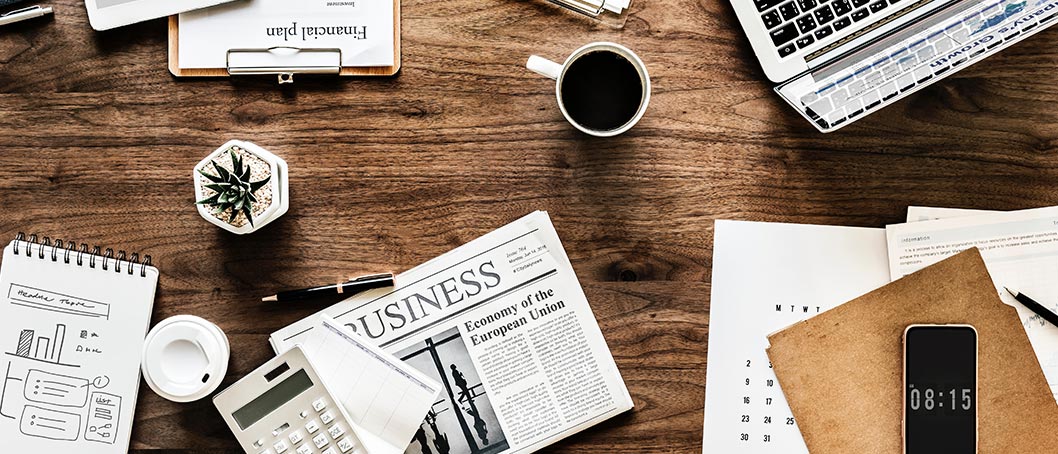Alix Hertel
Head of Marketing & Communication
INP Deutschland GmbH
Werkstrasse 5
67354 Roemerberg
Germany
Tel. +49 6232 6869-0
alix.hertel @
@ inp-e.com
inp-e.com
vCard
INP International Projects: We offer you
35 years of experience in global power plant, large-scale installation construction and the power industry, combined with the reliability of an owner-managed company.
INP offers you an interesting professional future with bright prospects. Now you can become part of our international team.
INP is your reliable partner in the fields of power generation, transmission and distribution, as well as green energy and construction and infrastructure.

![]() INP is an innovative company:
INP is an innovative company:
I feel good here and I can get things done!![]()


![]() More than 30 years of INP! We're proud of it.
More than 30 years of INP! We're proud of it.![]()

So-called grid boosters are an often discussed element in the energy transition. A grid booster is a very large battery storage facility.
INP has the opportunity to support the transmission system operator TransnetBW in one of the first grid booster projects. In this case the storage is intended to feature performance of 250 MW and a power output of 250 MWh. The project was verified by the Federal Grid Agency in the grid development plan for 2030. The system is to be integrated into an existing TransnetBW substation at the Kupferzell location and go into operation in 2025.
The project is unusual not only because of the size of the storage, but the operation of a storage facility by a grid operator is also an exceptional situation, which is in conjunction with the special task of the storage facility.
The grid booster should assume the task of an emergency power system and fill in any time that a power line in the transmission grid is interrupted. Power lines are not normally loaded to their capacity limits, in order to have reserve capacity in the case of a power line interruption (n-1 security). This reserve capacity should now have a grid booster available. The higher capacity of existing power lines made available thereby can allow e. g. more wind power to be transported from the north to the south. There will be fewer deratings and less need for grid expansion.
A second task of the grid booster is so-called "grid-forming." This refers to extremely rapid interventions in the grid for frequency stabilization. Seen in perspective, with the termination of fossil fuel power plants, the rotating mass of generators will disappear, their moment of inertia currently being used as "momentum reserve" before the primary balancing power fills-in for frequency deviations that are longer lasting.
Both grid booster tasks are currently not organized in terms of the market and could thereby be fulfilled by a grid operator.
INP supported TransnetBW in the project to establish the specification for the battery storage facility (and the medium voltage substations) and a first market appraisal. INP was hereby able to fall back on the expertise of the StoREgio Energiespeichersysteme e. V. association.
In the first phase, different storage technologies were initially investigated for their suitability for the application. The technical selection on the part of the Federal Grid Agency was limited to battery storage systems, so that alternative approaches were not part of the investigation.
The narrowed-down choices, in addition to lithium-ion batteries, included the classic lead-acid batteries and, used little in Europe until now, sodium sulfur technology. All three technologies would in principle be in a position to fulfill the technical requirements. Sodium sulfur was ruled out in the selection, because the system will be operated at a high temperatures of around 300°C. This temperature is normally maintained by the waste heat when in use. But because the grid booster is to be used only seldom, high energy consumption would be required here, so this option was eliminated. Lead acid batteries were also eliminated because, compared to lithium ion batteries, they require a clearly longer time to recharge after being used.
TransnetBW thus finally decided to choose lithium ions batteries. Among the various designs of lithium ion batteries, the selec-tion was made for lithium iron phosphate (LFP) as the cathode material.
In the second phase of the project the detailed requirement specification for the battery storage was made, which was needed as part of the tender. The greatest challenge hereby was that storage projects at this order of magnitude and for these applications have not been implemented to date and therefore no experience coming from other projects could be used. Inaddition to the ability to perform technically, a significant focus of the specification was placed on the topic of safety, in particular fire protection. Naturally, there were a number of discussions required on this topic at the grid booster location, taking into consideration a storage facility at this order of magnitude.
Our work was concluded according to plan on April 1. The inte-gration of all parts of the specification on the part of TransnetBW now resulted in a total specification for the system, which will be erected by a general contractor. The publication of the requirement specification was planned for the second half of 2021, the start of construction should be in 2024.
The project is being followed by many parties with great interest. If the concept of the grid booster proves itself in practice, the transmission system operator intends to install further systems at critical grid nodes.
To optimize your visit on our website we use cookies. Some of them are necessary whereas others are helping us to improve and customize the user experience of our website. For this purpose, cookies are used to collect and analyze pseudonymized data of website visitors. You can at any time change or withdraw your consent from the use of cookies.
Further information regarding cookies in this website can be found in our privacy policy